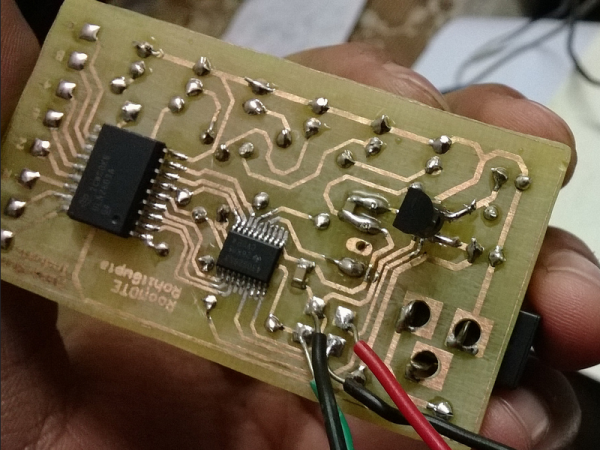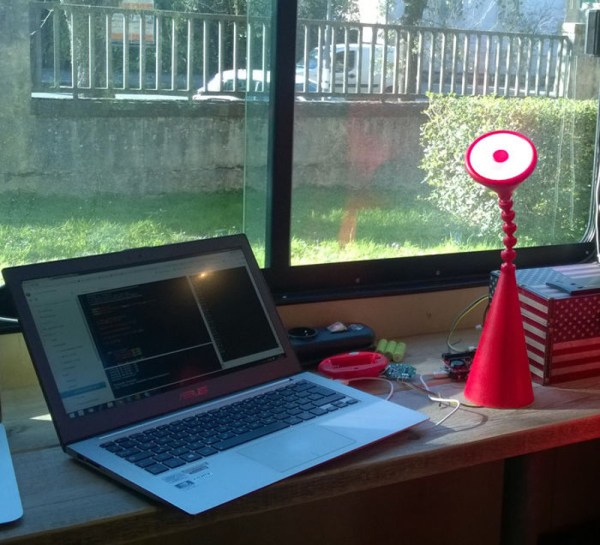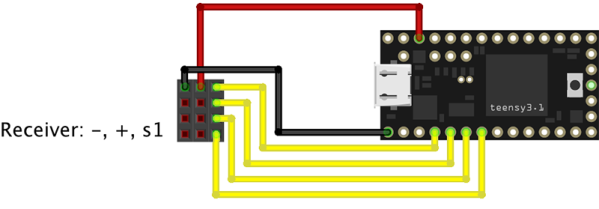Here’s a cool crowdfunding campaign that somehow escaped the Hackaday Tip Line. It’s a remote control SpaceShipOne and White Knight. SpaceShipOne is a ducted fan that has the high-drag feathering mechanism, while White Knight is a glider. Very cool, and something we haven’t really seen in the scratchbuilding world.
[Sink] has a Makerbot Digitizer – the Makerbot 3D scanner – and a lot of time on his hands. He printed something, scanned it, printed that scan… you get the picture. It’s a project called Transcription Error.
Keurig has admitted they were wrong to force DRM on consumers for their pod coffee cups.
The Apple ][, The Commodore 64, and the Spectrum. The three kings. Apple will never license their name for retro computer hardware, and there will never be another computer sold under the Commodore label. The Spectrum, though… The Sinclair ZX Spectrum Vega is a direct-to-TV console in the vein of [Jeri Ellisworth]’s C64 joystick doohickey.
Infinity mirrors are simple enough to make; they’re just one mirror, some LEDs, and another piece of glass. How about a 3D infinity mirror? They look really, really cool.
Here’s the six-day notice for some cool events: Hamvention in Dayton, OH. [Greg Charvat] will be there, and [Robert] is offering cold drinks to anyone who mentions Hackaday. If anyone feels like scavenging for me, here’s a thread I created on the Vintage Computer Forum. Bay Area Maker Faire is next weekend. Most of the rest of the Hackaday crew will be there because we have a meetup on Saturday night

















